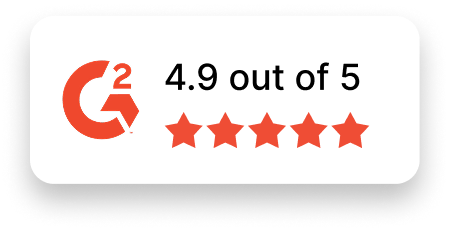Business Intelligence (BI) Analyst Job Description Template
Use this template to craft job descriptions for hiring Business Intelligence (BI) Analysts. Customize it to fit your organization’s unique goals and needs.
Job Title: Business Intelligence (BI) Analyst
Location: [Specify Location or Remote]
Job Type: [Full-time/Part-time/Contract]
About the Role
We are seeking a highly analytical and detail-oriented Business Intelligence (BI) Analyst to transform data into actionable insights that drive strategic decisions. You will collaborate with cross-functional teams to gather data, identify trends, and create dashboards and reports that enable the organization to achieve its objectives.
If you are skilled at turning numbers into narratives and enjoy solving complex business challenges, this position is a perfect fit for you.
Responsibilities
- Analyze data to uncover patterns, trends, and insights that support business decision-making.
- Develop, maintain, and optimize BI dashboards and reports using tools like Power BI, Tableau, or Looker.
- Collaborate with stakeholders to define key performance indicators (KPIs) and metrics.
- Extract, clean, and transform data from various sources to ensure accuracy and consistency.
- Work with teams across departments to identify business needs and translate them into data solutions.
- Continuously monitor and enhance data quality and integrity.
- Provide actionable recommendations based on data analysis to improve business performance.
- Train and support team members in the use of BI tools and reporting solutions.
- Stay up-to-date with industry trends, BI technologies, and data analytics advancements.
- Document processes, methodologies, and data definitions for internal reference.
Required Skills & Experience
- Bachelor’s degree in Data Science, Business Analytics, Computer Science, or a related field (or equivalent experience).
- Proven experience as a BI Analyst or similar role, with a strong understanding of data analysis and visualization.
- Proficiency in BI tools such as Tableau, Power BI, or QlikView.
- Strong SQL skills for querying and transforming data.
- Experience with data modeling and relational databases.
- Excellent analytical and problem-solving skills, with the ability to communicate technical information to non-technical audiences.
- Familiarity with statistical analysis and data mining.
- Experience managing projects with multiple stakeholders and deadlines.
- Strong attention to detail and a commitment to producing high-quality work.
Nice-to-Have Skills
- Familiarity with programming languages like Python or R.
- Knowledge of cloud-based BI solutions and data warehouses like Snowflake or AWS Redshift.
- Understanding of predictive analytics and machine learning concepts.
- Experience in industries such as [Specify Industry-Specific Preferences].
- Certifications such as Microsoft Certified Data Analyst or equivalent.
Why Join Us?
- Impactful Work: Influence key decision-making and contribute directly to our success.
- Growth Opportunities: Advance your career by working on innovative projects that challenge and develop your skills.
- Collaboration: Join a team-oriented organization that values your input and expertise.
- Flexibility: Benefit from hybrid or remote work arrangements tailored to modern workstyles.
- Inclusive Culture: Be part of an environment that champions diversity, equity, and empowerment for all team members.
Apply Now
Are you ready to turn data into business insights that drive meaningful results? Join [Your Company Name] as a Business Intelligence (BI) Analyst, and help us shape solutions for the future. Apply today!

